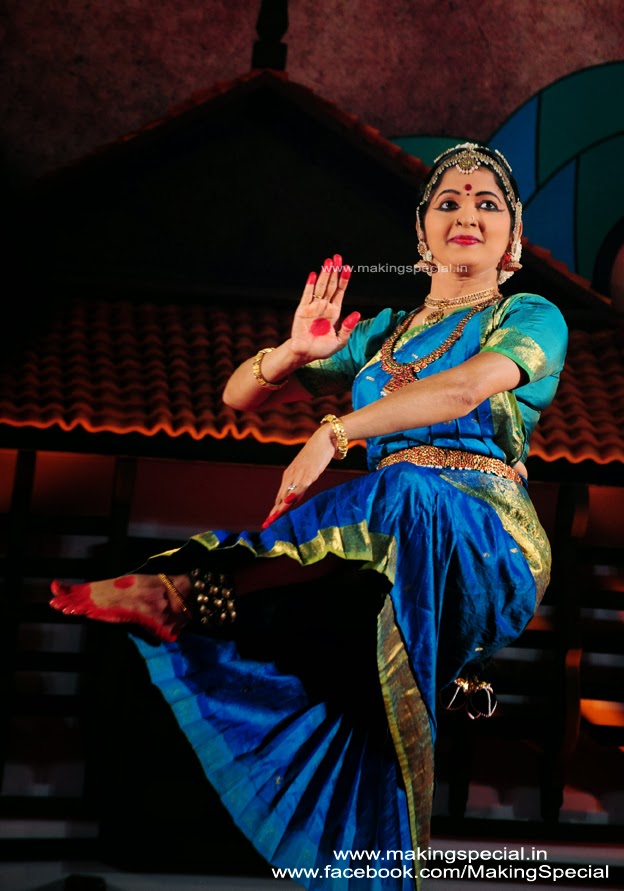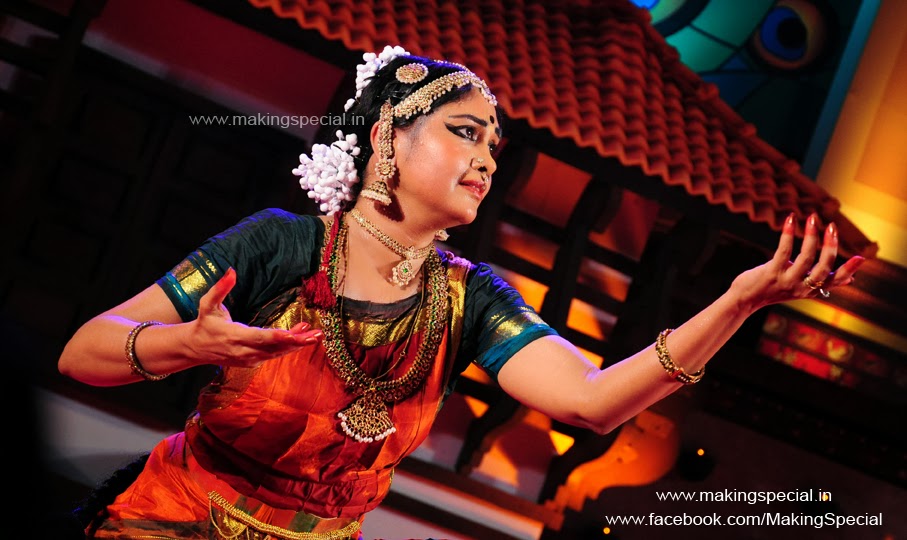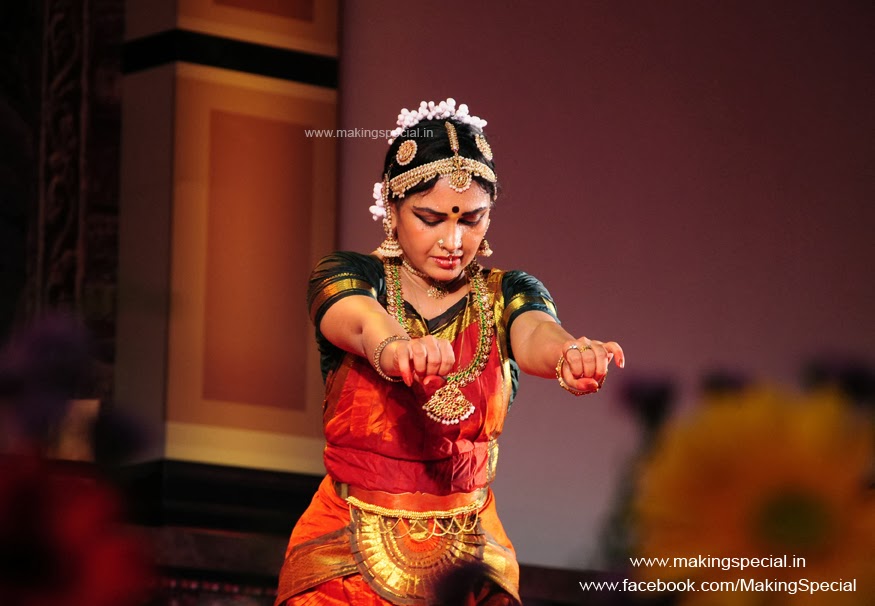Nishagandhi Festival 2014
Manipuri - Poushali Chatterjee & Group
Photo taken by : Tito Kochuveettil
The Nishagandhi is all set to bloom again. For seven evenings
starting 20th January, the exotic fragrance of classical Indian dance
and music will permeate the cool balmy air of Kanakakkunnu and give new
life to Thiruvananthapuram, the land of Lord Anantha. Come, join this celebration of art.
Seven magical evenings embellished with swara, raga and laya. Seven evenings that showcases the beauty and grandeur of Indian classical dance and music. Seven evenings that celebrates the beauty and rhythm of life.
Seven magical evenings embellished with swara, raga and laya. Seven evenings that showcases the beauty and grandeur of Indian classical dance and music. Seven evenings that celebrates the beauty and rhythm of life.
Manipuri dance is one of the major Indian classical dance forms. It originates from Manipur, a state in north-eastern India on the border with Burma.
In Manipur, surrounded by mountains and geographically isolated at the
meeting point of the orient and mainland India, the form developed its
own specific aesthetics, values, conventions and ethics. The cult of Radha and Krishna, particularly the raslila, is central to its themes but the dances, unusually, incorporate the characteristic symbols (kartal or manjira) and double-headed drum (pung or Manipuri mrdanga) of sankirtan into the visual performance.
Manipuri dance is purely religious and its aim is a spiritual experience.
Development of music and dance has through religious festivals and
daily activities of the Manipuri people. According to the legend, the
indigenous people of the Manipur valley were the dance-expert Gandharvas
mentioned in the Hindu epics like Ramayana and Mahabharata. Not only is
dance a medium of worship and enjoyment, a door to the divine, but
indispensable for all socio-cultural ceremonies. From the religious
point of view and from the artistic angle of vision, Manipuri classical
form of dance is claimed not only to be one of the most chastest,
modest, softest and mildest but the most meaningful dances of the world.
The most obliging aspect of Manipuri culture is that, it has retained the ancient ritual based dances and folk dances along with the later developed classical Manipuri dance style. Among the classical categories, 'Ras Leela' - a highly evolved dance drama, choreographed on 'Vaishnavite Padavalis' composed by mainly eminent Bengali poets and some Manipuri Gurus, is the highest expression of artistic genius, devotion and excellence of the Manipuris.
Manipuri dancers do not wear ankle bells to accentuate the beats tapped out by the feet, in contrast with other Indian dance forms, and the dancers' feet never strike the ground hard. Movements of the body and feet and facial expressions in Manipuri dance are subtle and aim at devotion and grace.
Daughter of renowned vocalist Smt Atashi Chatterjee, Poushali Chatterjee began her training in Manipuri Dance from the age of 8 under Shri Kunjo Singh. After her initial training she took lessons from Smt Darshana Jhaveri and Smt Kalavati Devi. Finally she came under the tutelage of the legendary Guru Bipin Singh, from whom she learnt the finer nuances of the dance style. She was one of the few fortunate students to be a part of Guruji's creative process, during which he composed items of sheer genius that form the rich repertoire of his school of Manipuri Dance.
The most obliging aspect of Manipuri culture is that, it has retained the ancient ritual based dances and folk dances along with the later developed classical Manipuri dance style. Among the classical categories, 'Ras Leela' - a highly evolved dance drama, choreographed on 'Vaishnavite Padavalis' composed by mainly eminent Bengali poets and some Manipuri Gurus, is the highest expression of artistic genius, devotion and excellence of the Manipuris.
Manipuri dancers do not wear ankle bells to accentuate the beats tapped out by the feet, in contrast with other Indian dance forms, and the dancers' feet never strike the ground hard. Movements of the body and feet and facial expressions in Manipuri dance are subtle and aim at devotion and grace.
Daughter of renowned vocalist Smt Atashi Chatterjee, Poushali Chatterjee began her training in Manipuri Dance from the age of 8 under Shri Kunjo Singh. After her initial training she took lessons from Smt Darshana Jhaveri and Smt Kalavati Devi. Finally she came under the tutelage of the legendary Guru Bipin Singh, from whom she learnt the finer nuances of the dance style. She was one of the few fortunate students to be a part of Guruji's creative process, during which he composed items of sheer genius that form the rich repertoire of his school of Manipuri Dance.
Call @ 94956 40468



















 .
.









































